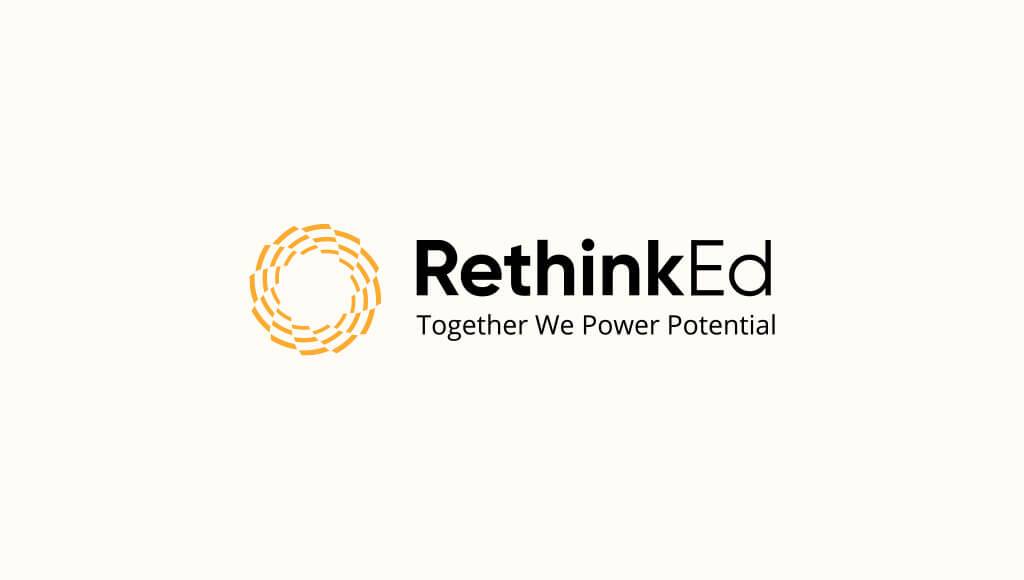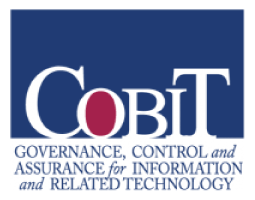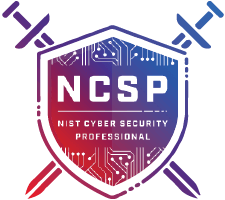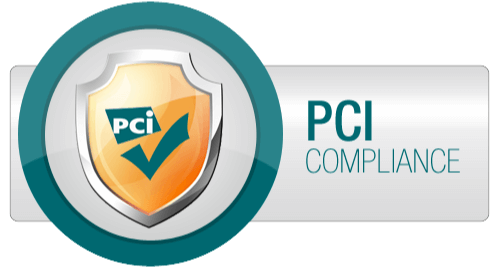Token Economies are great tools for educators since they have both an immediate and delayed component. In a token economy the students’ appropriate behavior is immediately reinforced with tokens. Students can later redeem these tokens for preferred items or activities.
The token economy is known to be effective because the tokens symbolize reinforcers that they only get for engaging in desired behaviors (Miltenberger, 2008). They are often used with individual students or large groups of students to increase or maintain appropriate classroom behaviors and decrease inappropriate and disruptive classroom behaviors (Gallagher, 1988; Zirpoli & Melloy, 1993).
Identifying tokens is a major component in setting up a token economy. Tokens should be transferable, durable, and not something the student has easy access to on their own. They range from coins, stars, poker chips, or a stamp on a card.
Tokens should be kept age appropriate when possible. For example, a younger student may like stickers of Peppa Pig while an older student may like to use a punch card.
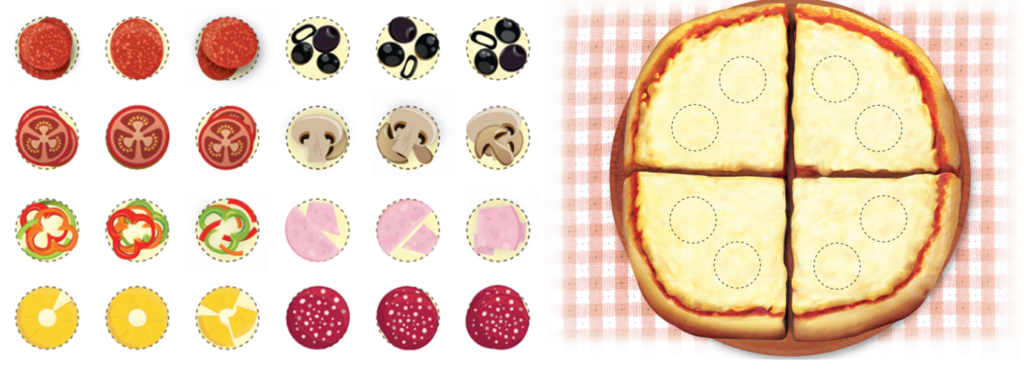
It is important to remember that as teachers one of your primary responsibilities is to teach positive and adaptive skills. Therefore, even when using a token economy your goal should be to reinforce and help maintain the appropriate behaviors that your student displays. In Myles, Moran, Ormsbee & Downing (1992, p 164) review of token economies, they cite the following:
“Whenever possible, focus should be placed on teaching appropriate, positive skills rather than attempting to prevent the occurrence of an inappropriate behavior. For example, the behavior students must raise their hands before talking is more positive than students cannot talk out in class.”
Too often, we get caught up in focusing on intervening and providing consequences to the problem behavior. However, children repeat behaviors that work for them and that get reinforced, whether appropriate or inappropriate. A simple way to think about this is emphasizing the desired behavior to eliminate the negative behavior. Keep these things in mind when building your token economy in your classroom!
References
Gallagher, P. A. (1988). Teaching students with behavior disorders (2nd ed.).
Denver, CO: Love.
Miltenberger, R. (2008). Behaviour Modification. Belmont, CA. Wadsworth Publishing.
Myles, B., Moran, M., Ormsbee, C., & Downing, J. (1992). Guidelines for Establishing and Maintaining Token Economies. Intervention In School And Clinic, 27(3), 164-169.
